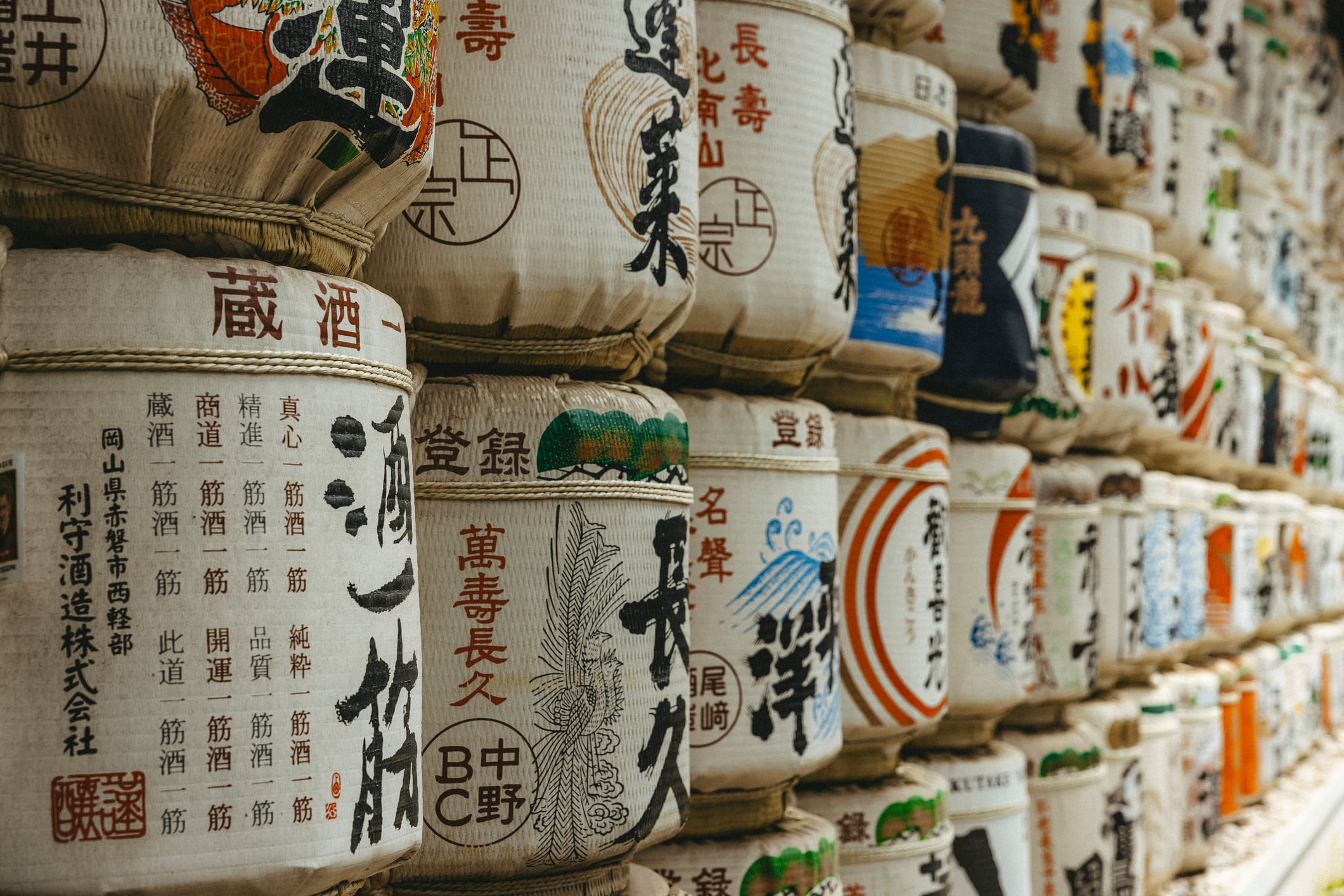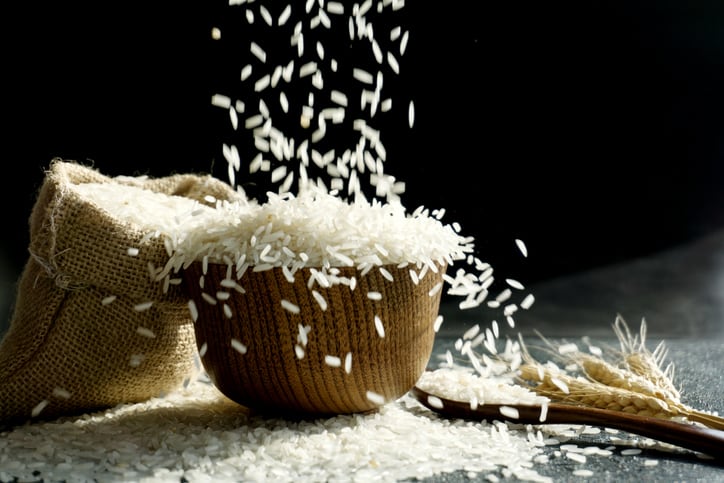This was announced by Shinjirō Koizumi, Minister of Agriculture, Forestry and Fisheries, on July 14 during speech to the public in Tsuchiura, Ibaraki Prefecture.
Koizumi said this support system would aim to help saké brewers secure saké-brewing rice, shuzō kōtekimai (酒造好適米), easily and protect traditional sake.
Saké, or nihonshu (日本酒), holds significant cultural importance in Japan. Traditional saké brewing techniques have been recognised as an Intangible Cultural Heritage by United Nations Educational, Scientific and Cultural Organisation (UNESCO).
“I have personally met with representatives of relevant organisations to discuss these issues,” Koizumi elaborated during a press conference held on July 15.
“In light of the situation, I have instructed the administrative team to consider including new support for saké rice in the FY2026 budget request, which will be submitted in August this year.”
Sourcing woes amid staple shortage
The saké industry is facing increasing difficulties in sourcing rice, as Japan is currently facing a challenging rice shortage.
“We have received concerns from saké breweries and other stakeholders about raw material shortages due to the rising prices of staple rice,” said Koizumi
The rice shortage was driven by a combination of various environmental, social, and economic factors.
The tumultuous situation can be traced back to 2023, when a drastic heatwave significantly impacted yields.
This was further exacerbated by challenges the following year, including record-breaking tourist numbers that further stressed rice supply.
The shortage prompted the government to release emergency rice stocks to stabilise supplies.
Recovering production
Meanwhile, Koizumi announced that rice production for 2025 was set to increase by 560,000 tonnes to 7.35m tonnes.
The total planted area increased by 104,000 compared to the previous year, reaching 1.363m hectares.
These numbers were based on preliminary data from MAFF that were still being finalised, Koizumi noted.
“Even compared to the survey results as of the end of April, this reflects a further increase in production. I would like to express my gratitude to all the farmers involved in rice production for their efforts,” said Koizumi.
On July 18, the MAFF published a report on the rice planting intentions for the 2025 crop year.
With this update, the ministry hopes to “ensure that production regions and farmers can make autonomous planting decisions and carry out production and sales in line with demand in paddy field agriculture.”
Compared to the previous year, The area allocated for rice intended for processing decreased by 6,000 hectares to 44,000 hectares.
Rice for new market development, including export-oriented varieties, is expected to fall to 9,000 hectares, down 2,000 hectares from the previous year.
Rice intended for rice flour also saw a contraction, with planting intentions dropping to 4,000 hectares, a reduction of 3,000 hectares year-on-year.
Lastly, rice for animal feed dropped by half to 49,000 hectares from 49,000 hectares.





